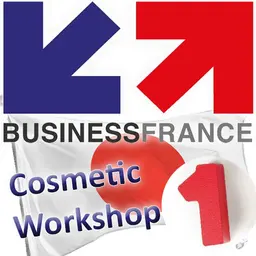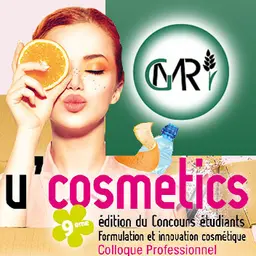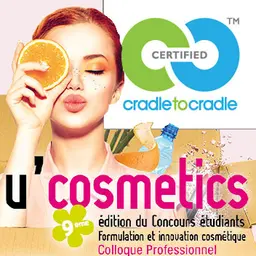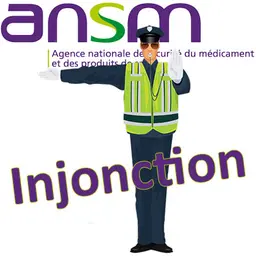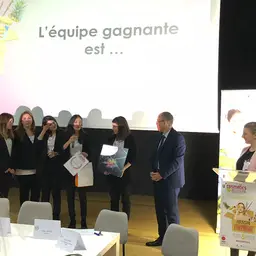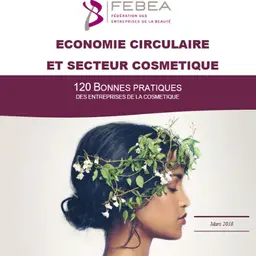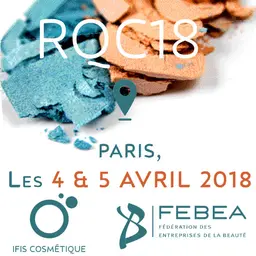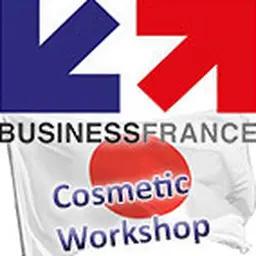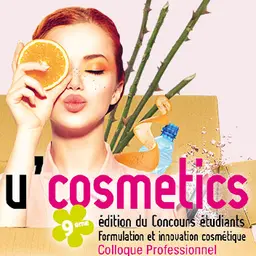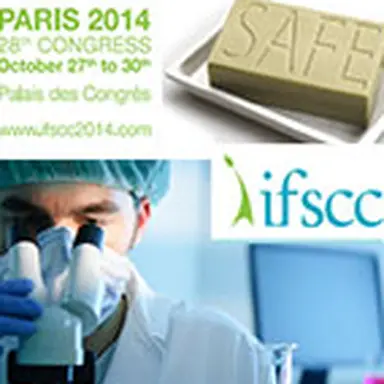
Since animal experimentation was prohibited in the cosmetics industry, the challenge has been to keep assessing the safety of products and their ingredients via alternative testing methods. Which ones can be used? Which ones are validated? At the 28th IFSCC congress, the SCCS invited toxicologist and expert Vera Rogiers to a workshop to present a thorough overview on the subject.
The safety of cosmetics in the EU is since July 2013 based on
Regulation 1223/2009
. The basic principles remain largely comparable with those of the previous Directive 76/768/EEC and can be summarized as follows:
• A cosmetic product must be safe for the consumer.
• Its safety is based on safe ingredients (chemical structure, toxicological profile and exposure),
• Safety must be obtained through the use of validated alternative, non-animal methods as strict testing and marketing bans are in place for cosmetic ingredients and finished products.
• The 'responsible person' (often the manufacturer) is responsible for the safety of the product and must be in the position to provide safety information to both, Authorities and consumers.
The safety of cosmetics is mainly guaranteed through quantitative risk assessment (=safety evaluation).
Some additional legislative changes have been introduced, which also have some impact, namely there are new provisions for CMRs (carcinogenic, mutagenic and reproductive toxic compounds) and nanoparticles, a number of new definitions are given and also a new requirement for packaging information is included.
Today's safety assessment
In Europe, two channels for safety evaluation are in place, making cosmetics safe consumer products.
The principles
The first one is situated at …

